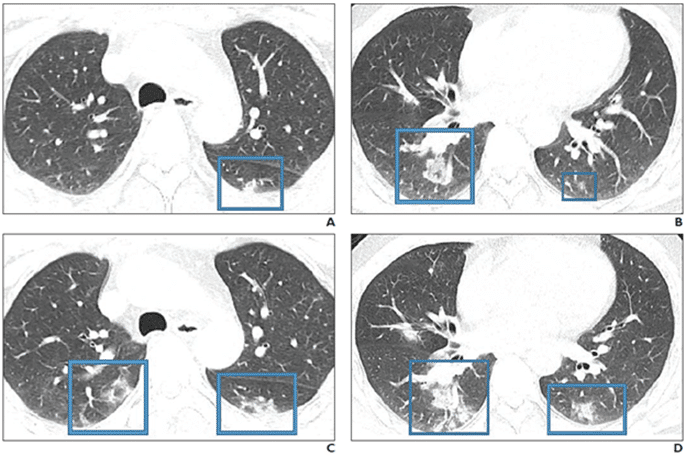 MedicalResearch.com Interview with:
Seema Jain, MD
MedicalResearch.com Interview with:
Seema Jain, MD
Medical Epidemiologist
Epidemiology and Prevention Branch, Influenza Division
Centers for Disease Control and Prevention
Atlanta, GA 30329
MedicalResearch: What is the background for this study? What are the main findings?
Dr. Jain: Pneumonia is the leading cause of hospitalization among children in the United States with medical costs estimated at almost $1 billion in 2009. The Centers for Disease Control and Prevention’s Etiology of Pneumonia in the Community (EPIC) study was a multi-center, active population-based surveillance study that aimed to estimate the incidence and etiology of community-acquired pneumonia requiring hospitalization in U.S. children. Children in the study were enrolled from January 2010 to June 2012 in three U.S. children’s hospitals in Memphis, Nashville, and Salt Lake City. Study staff tested children using a range of laboratory tests for viral and bacterial respiratory pathogen detection.
During the study period, the EPIC study team enrolled 2,638 children, of which 2,358 (89 percent) had radiographically-confirmed pneumonia. The median age of children in the study was 2 years old. Intensive care was required for 497 (21 percent) of the children, and three children died. Among 2,222 children with radiographic pneumonia and specimens available for both bacterial and viral testing, a pathogen was detected in 1802 (81%). One or more viruses were detected in 1,472 (66%) of these children. Bacteria were detected in 175 (8%), and bacterial and viral co-detection occurred in 155 (7%). The study estimated that annual pneumonia incidence was 15.7/10,000 children during the study period. The highest incidence was among children younger than 2 years old (62.2/10,000).
Respiratory syncytial virus (RSV) was the most common pathogen detected (28%), and it was associated with the highest incidence among children younger than 2 years old with pneumonia. Human rhinovirus was detected in 22 percent of cases, but it was also identified in 17 percent of asymptomatic controls who were enrolled, by convenience sample, at the same site during the same time period; thus, making it challenging to interpret the meaning of human rhinovirus detection in children hospitalized with pneumonia. Other detected pathogens were human metapneumovirus (13%), adenovirus (11%),
Mycoplasma pneumoniae (8%), parainfluenza viruses (7%), influenza (7%), coronaviruses (5%),
Streptococcus pneumoniae (4%),
Staphylococcus aureus (1%), and
Streptococcus pyogenes (<1%). The low prevalence of bacterial detections likely reflects both the effectiveness of bacterial conjugate vaccines and suboptimal sensitivity of bacterial diagnostic tests.
(more…)


















